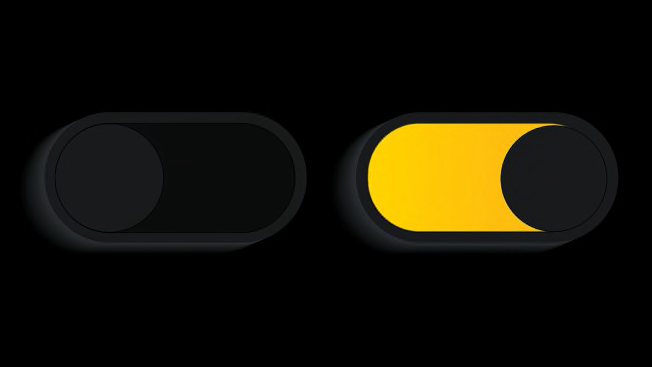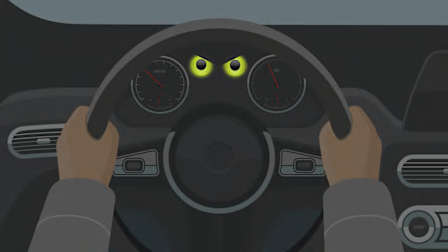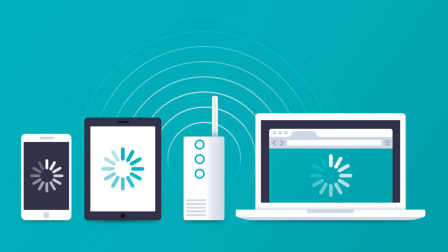New Dark Patterns Tip Line Lets You Report Manipulative Online Practices
Hard-to-find settings, confusing language, and complex interfaces often lead people astray. Here's how you can fight back.

You’ve seen them before. Pop-ups with tiny X’s that make a window hard to close. Buttons and toggles in permissions boxes that are so confusing it’s difficult to understand what you’re agreeing to. Subscriptions with hidden fees that take a lengthy customer service call to cancel.
Experts in digital rights and web design often call problems like these “dark patterns.” The term broadly encompasses all kinds of manipulative design on the internet that pushes people toward actions they might not have chosen otherwise. These traps may be deliberate, or just a consequence of poor design. But the result is that people end up paying more than they should for a service, agreeing to excessive data collection, or just giving up valuable extra time and attention.
The term “dark pattern” goes back to 2010, and the problems have been around for even longer. But now industry regulators are starting to pay more attention.
Dark patterns place a particular burden on already marginalized groups, including lower-income populations and people of color, according to experts including Mutale Nkonde, the founding CEO of AI For the People, a nonprofit group, who testified about how “dark patterns actually impact racial harm” at the FTC’s Dark Patterns workshop. For people who speak English as a second language, or for populations with less technical literacy, convoluted websites and apps can be even harder to navigate.
That problem may be getting worse. There is evidence to suggest that companies show different dark patterns to different people, based on what they are most susceptible to, says Jen King, the privacy and data policy fellow at the Stanford Institute for Human-Centered Artificial Intelligence. “Dark Patterns have gotten more pervasive, there are more of them and more people are encountering them,” she says. “But I think people haven’t realized the severity, impact, and proliferation of the problem.”
One way to protect yourself is to get familiar with different kinds of dark patterns. Broadly, dark patterns take advantage of our natural instinct to have a smooth, speedy experience as we navigate the internet.
For instance, dark patterns can often be found when you’re registering for a new account on a website, or checking out during online shopping—scenarios where consumers may be dealing with annoying extra steps and hoping to finish a task as soon as possible. Dark patterns can also show up when you’re doing something that goes against a company’s business interests, such as unsubscribing or turning on stricter privacy settings.
In situations like these, experts say a great way to avoid common traps is to add your own friction to the process. Slow down and take a moment to examine the language you’re seeing, or the buttons you’re clicking on, and don’t assume that the default choices are the right ones.




















